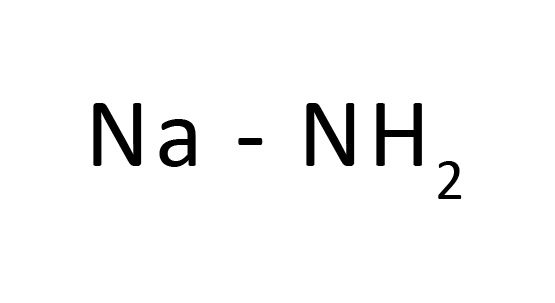In oil, sodium hydride is a silvery to whitish powder or slurry. It is the chemical compound with the empirical formula NaH. This alkali metal hydride is largely utilized in organic synthesis as a powerful but flammable base. In contrast to molecular hydrides such as borane, methane, ammonia, and water, NaH is a saline (salt-like) hydride made up of Na+ and H− ions. Ionic crystals, salt compositions in which the hydrogen is negative monovalent ions, include sodium hydride.
When heated, NaH decomposes without melting, and sodium hydride is hydrolyzed with water to produce sodium hydroxide and hydrogen. It’s an ionic substance that’s insoluble in organic solvents (yet soluble in molten Na), indicating that there are no H- ions in the solution. Because of NaH’s insolubility, all reactions involving it takes place at the solid’s surface. Pure sodium hydride is silver needle-like crystals, but commercially available sodium hydride commerce is usually a mild gray crystalline powder with a 25 percent to 50 percent sodium hydride concentration dispersed in oil. The relative density is 0.92.
The direct interaction of hydrogen and liquid sodium Hyderide produces NaH. Although pure NaH is colorless, samples usually seem grey. NaH (0.968 g/cm3) is about 40% denser than Na. Sodium hydride has a crystalline rock salt structure (lattice constant a = 0.488nm), and hydrogen ion exists in anion form as lithium hydride in ionic crystalline. It decomposes explosively in water; reacts violently with lower alcohols; dissolves in molten sodium and molten sodium hydroxide; insoluble in liquid ammonia, benzene, carbon tetrachloride, and carbon disulfide; has a heat of production of 69.5kJ mol-1; and decomposes into metallic sodium and hydrogen at a high temperature of 800 °C.


No comments:
Post a Comment